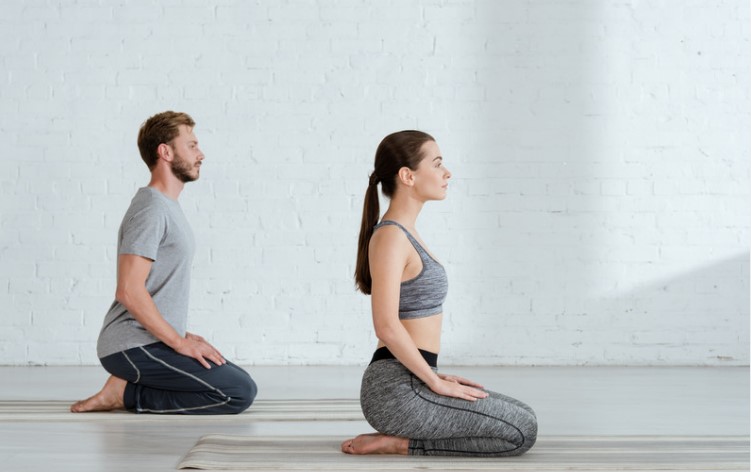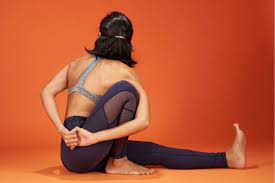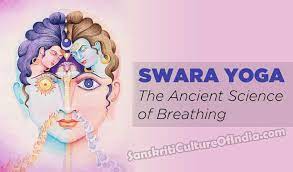How to Do Vajrasana (Thunderbolt Pose) and its Benefits and Contraindications, Precautions.
The name “Vajrasana” comes from two Sanskrit words: “Vajra” and “Asana.” The word “asana” means “pose.” The word “Vajra” has many meanings, like “thunderbolt,” “firmness,” “adamant,” etc.” Thus, this pose can be referred as “Diamond Pose” or “Adamant Pose,” but it is sometimes referred to simply as “Thunderbolt Pose.”
How To Do It?
⦁ Sit on the floor in staff pose, or just fold your both legs and place your feet under the hips. Both the heels will be protruding outwards and the toes should be touching your hips. In this position the thumbs of both toes should be touching one another.
⦁ Keep your spinal cord and head erect with closed eyes.
⦁ Your knees should touch each other.
⦁ Keep your right palm on right knee and left palm on left one.
⦁ After that, inhale slowly and exhale slowly, with both nostrils.
⦁ When you breathe out, try to imagine, that all your ailments are coming out from your nostrils.
⦁ In the beginning, try to practice Vajrasana for a few minutes after lunch or dinner. Once you are used to it increases the time of asana to an hour.
Benefits of Vajrasana (Thunderbolt Pose)
This pose or asana, whatever you choose to call it, looks simple to do, but has a lot of benefits.
⦁ If you practice this asana on a regular basis, all your indigestion problems will vanish. Your metabolism will also improve manifold.
⦁ You will be amazed to know, that the blood circulation within the body, also improves if you practice this asana on a regular basis.
⦁ The Thunderbolt pose also helps in stretching the ankles, feet, and knees very softly. It also helps in decreasing any sort of stiffness.
⦁ It also makes your lower spine, very flexible and soft.
⦁ When you do the pose, the lower pelvis region gets a good massage.
⦁ Vajrasana hits the exact spot, where the Vajra nadi starts. Thus, it can stimulate it and lead to Kundalini awakening.
Contraindications
⦁ The pose puts a lot of pressure on the knees, so you must not do the asana, if you have any issues in your knees.
⦁ If you have arthritis, then also you must not do the asana.
⦁ If you suffer from Hernia or Ulcer, then also you must not do the pose.
⦁ People with injuries in hamstrings or the ligaments in the knees, also must not do the asana.
learn to know more about vajrasana so you can visit rishikesh yoga school and join 100 hour yoga ttc in rishikesh and 200 hour yoga ttc in rishikesh and 300 hour yoga ttc in rishikesh





